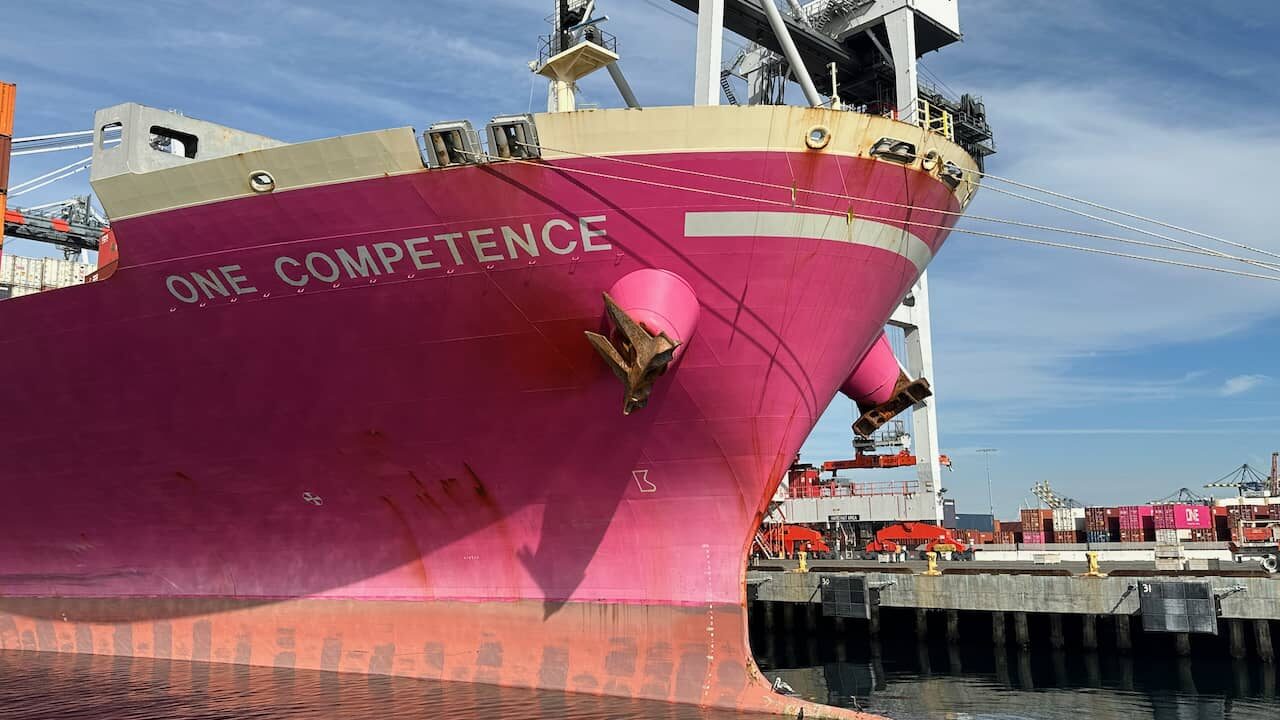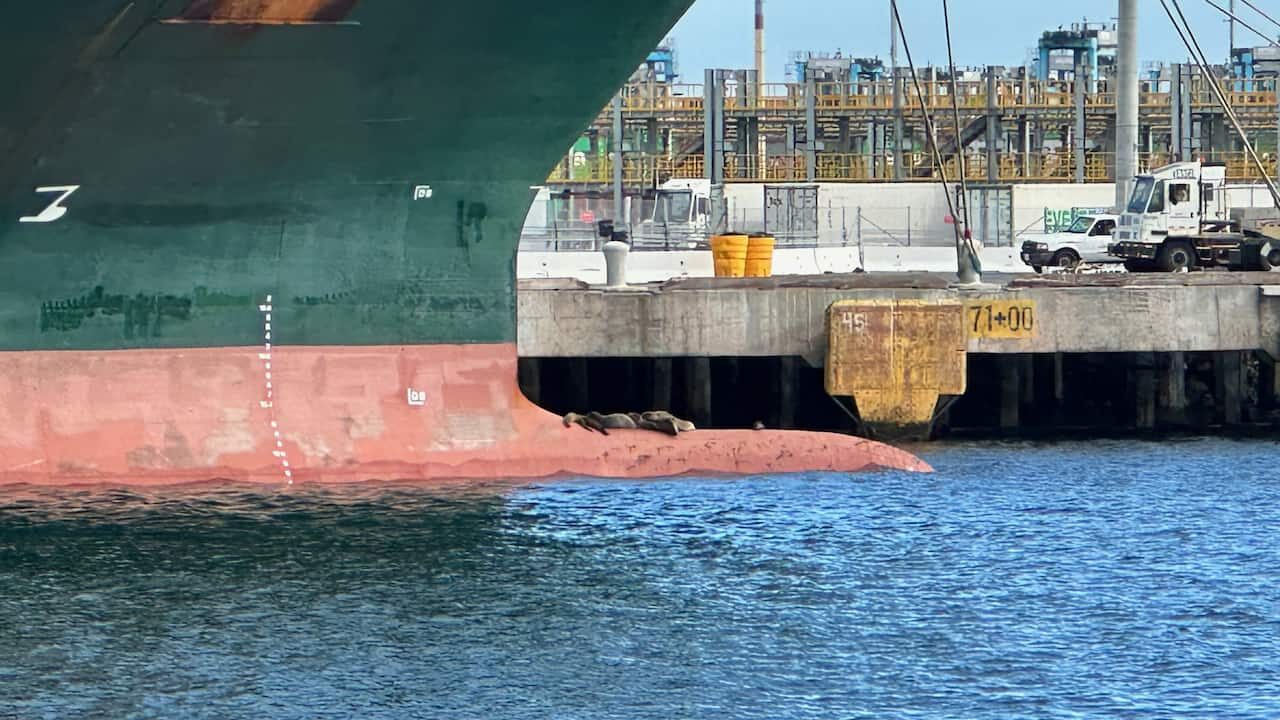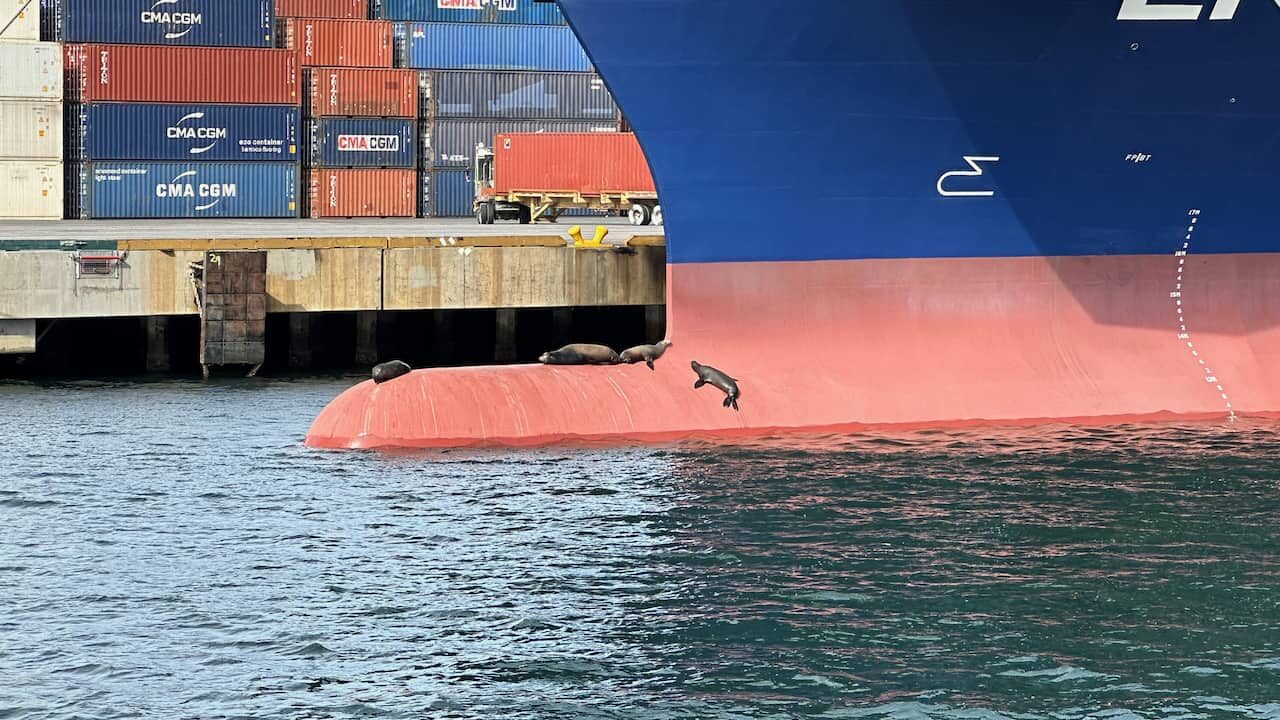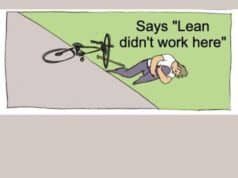tl;dr: In this post, Mark explores the concept of the Plimsoll Line as a form of mistake-proofing in the maritime industry. He delves into its history and function in preventing the overloading of ships, drawing parallels to Lean principles of error prevention and system design for improved safety and efficiency.
I've never spent a lot of time around ships. Last October, I had an opportunity to tour the Port of Los Angeles with a group and that tour, of course, was a boat trip.
I didn't realize one thing that I was seeing… with some recent new knowledge, I can't believe that I had missed.
Do you see the lower orange portion of this bright pink cargo ship?

And the lower red sections of these green and blue ships?


Before I tell you what I learned about the lower portion's color being different… YES, those are California Sea Lions laying out on the ships in those last two pictures. My favorite animal that I saw a lot of during my two years in Los Angeles along the coast… enjoy this video that I shot and edited of my local friends:
Back to the Ships
This is part of the serendipity of attending a conference. I was invited to facilitate a session recently for a physician leadership development event in Texas. One of the other speakers, with a healthcare and divinity school background, surprisingly started talking about ships.
She described how ships setting forth from England toward the New World would sometimes get overloaded, meaning they would sink somewhere in the Atlantic. She said, “The ships and the contents were insured… you know who lost out? The crews of the ships.”
Good point.
Sad.
Learn more about the “problem” statement via this podcast episode (hat tip to Dan Markovitz for sending it).
The woman from the Texas event taught us that the line on the ships is called the Plimsoll Line, named for Samuel Plimsoll (1824-1898), a British politician and social reformer. The Plimsoll line, a.k.a the international load line, is a set of measurements and symbols on the side of ships that indicate how much cargo can be safely carried. The Plimsoll line is a reference mark on a ship's hull that indicates the maximum depth to which the vessel may be safely immersed when loaded with cargo. The depth varies with a ship's dimensions, type of cargo, time of year, and the water densities encountered in port and at sea.
In Lean terms, the line and markings serve as a “visual control.” If the boat is too heavily loaded, that line will be submerged.
It's a form of mistake proofing.
It puts safety first.
In 1876, Plimsoll persuaded Parliament to pass the Unseaworthy Ships Bill, which mandated marking a ship's hull. The British Parliament, in the Merchant Shipping Act of 1875, provided for the marking of a load line on the hull of every cargo ship.
What an interesting thing to learn!
Please scroll down (or click) to post a comment. Connect with me on LinkedIn.
Let’s work together to build a culture of continuous improvement and psychological safety. If you're a leader looking to create lasting change—not just projects—I help organizations:
- Engage people at all levels in sustainable improvement
- Shift from fear of mistakes to learning from them
- Apply Lean thinking in practical, people-centered ways
Interested in coaching or a keynote talk? Let’s start a conversation.










I always love learning about why things are the way they are. It was very interesting to learn that the different colors on a cargo ship denote the capacity as serve as a safeguard for overloading. I think simple checks like this can be implemented into a lot of things. Something like this could be introduced to semi trailers. Semi trailers are required to pull into weigh stations maybe this could simplify things.